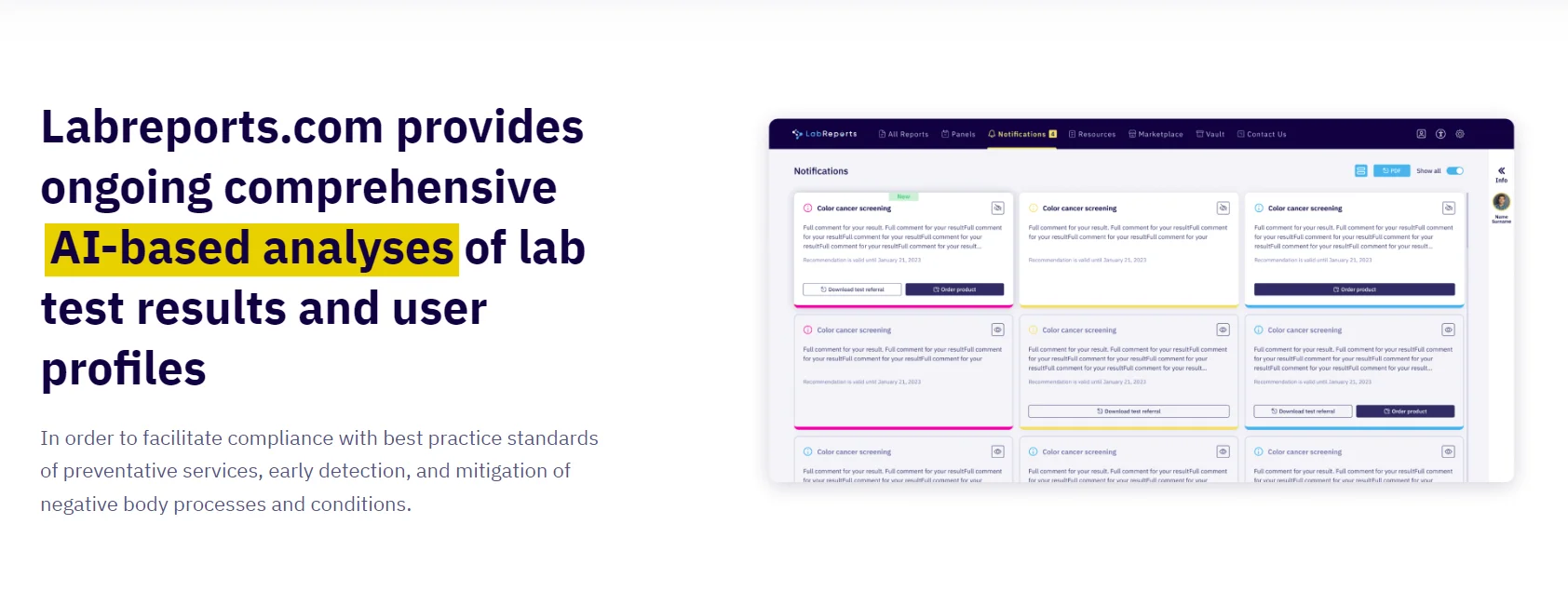Apart from these options, if as a tester, you come across other methods to perform test execution, let us know in the comment section. A collection of test cases (preferably logical) is called a test suite. An alternate method to perform test execution is to run test suites rather than test cases. This gives us the flexibility to run only a segment of test cases rather than all. This saves a lot of time if the primary intention was to run a few test cases only.


This needs to be of high priority to make sure the application works as expected and test execution is not hindered in the future. I am constantly looking for new ways to add value to people learning Playwright and other browser automation frameworks.
Defect lifecycle in test execution
You’ve planned out your ingredients and recipe, but before you start cooking, you need to make sure your kitchen is organized and all the kitchen tools and accessories you need is within reach. This is where test implementation comes in, the crucial stage of software testing where the test plan is put into action. Just like a chef, the test manager should ensure that everything required for testing is ready and testers can start testing.
The three main phases of test execution are the creation of test cases, test case execution, and validation of test results. Testsigma also incorporates self-healing mechanisms to automatically heal the test cases based on the changes done to the user interface of the application. From a test execution perspective, it seems to be one of the perfectly fit solutions that take care of test execution cycles, priorities, properties, and reporting without any local resources. The last stage of test execution, or any other phase of testing, is reporting. If you would count any one particular area which is focused the most after the testing is completed, it will be reporting. And not only the team members, a report is distributed, stored, archived, and always kept on record for anyone in any team no matter what the team’s work or background is.
More Learning Resources
The bug tracking tool can contain information such as a defect in summary, steps to reproduce, the system on which the bug was observed, expected fix, severity, assignee, etc. They may also contain features such as “commenting” to provide a better chronology of events and we can reflect back on them in the future. Apart from monitoring, there are other processes that are run post test execution and do not consider the execution state. For instance, test reporting is a process that takes test execution results into consideration and creates a report out of it.
Also, this is vital while using risk-based strategies, where testers prioritize tests based on the risks and problems. In history-based test case prioritization, we analyze the test case interaction with the test cases, and if it has failed, we assign it more priority. The ideology behind this process is that if a regression run in the past has been executed, then the code changes must be made by keeping in mind the failed test cases. As the name suggests, coverage-based priority refers to assigning a higher priority to the test case that covers more code.
Test execution priorities
Once the test script is ready, it is shared with the development and business analyst team for review. After getting the test cases ready, we need to have the application prepared to initiate the Test Execution process. This tutorial shows how to install the Builder utility and then create and verify a custom execution environment. So, just like how a well-organized kitchen sets the stage for a successful meal, proper test implementation sets the stage for a successful software release.


Other than these, test execution helps streamline the process and increase the efficiency of the complete testing cycle. However, users often come up with a question – A cloud infrastructure isn’t as fast as a local one. On the other hand, local setups lack the features of cloud-based setups. Upon satisfying the entry criteria and delivering the test objective, the next phase is to execute the test. Listed below are some critical points of the Test Execution process to help you better understand.
Test Execution For Software Testing
If it creates any errors then it will be informed to the respective development team to correct the issues in the code. If the text execution process shows successful results then it will be ready for the deployment phase after the proper setup for the deployment environment. With this section, we must also note that test execution priorities are not always mandatory.
- Similar to other sections, here, too, everything depends on testers, organization, and the project.
- During this stage, the Test Analyst or Test Manager makes sure that all the prerequisites are handled to initiate the test execution.
- So, just like how a well-organized kitchen sets the stage for a successful meal, proper test implementation sets the stage for a successful software release.
- To make appropriate hardware resources available for testing can be challenging.
- We have completed the defect finding and documenting process till activity 4.
In the software development life cycle, Test Execution plays a critical role in identifying defects, bugs, and issues in the system. With Test Execution, teams can create a product that meets the end-user requirements and offer different types of services. test execution schedule The implementation and testing phase is a stage in the software development life cycle (SDLC) where the software testing plan is created, implemented, and executed. This helps ensure that the application meets the requirements and works as intended.
Requirements-based testing approach
Regarding on-premise testing, you’d probably agree that complicated, scalable infrastructure setup and maintenance costs can significantly raise your burn rate. If you have a small QA team with everyone sitting in the same room or a large distributed team scattered over multiple places, cloud-based testing has something for everyone. It even helps in the resolution of the most complex remote testing challenges. The report also includes detailed information on the various tools used for testing and their effectiveness in finding critical defects in the developed software product. In reality, test execution results from all the previous combined stages. These stages include test planning, reviewing, and analyzing by QAs and test design manually or through test design tools.
Philips announces its 2023 Third Quarter Results – News – Philips
Philips announces its 2023 Third Quarter Results – News.
Posted: Mon, 23 Oct 2023 05:00:00 GMT [source]
For effective test management, it is recommended to organize the various test artifacts and resources for iterations. This facilitates planning for the changes, delays and unforeseen events effectively. Test management is a practice of organizing and controlling the process and artifacts that are required for software testing. The effectiveness of the test management practice can be deduced by defining, measuring and tracking quality goals. This guide will introduce the concepts and best practices to improve test management outcomes.
Best Practices for Test Management Process:
This needs a tool that supports the integration of the different aspects of a project. Without an effective coordination, the quality of the system or application being developed gets hampered due to untested code, missed defects and misunderstood requirements. In the test execution process, the tester will usually write or execute a certain number of test cases, and test scripts or do automated testing.





